When you’re going on vacation you’re going to want to take a camera too, and the one in your smartphone probably won’t cut it because it doesn’t have a decent zoom.
In fact zooming is the key, because you won’t know what you want to shoot until you get there and quite often the things you want to photograph will be off in the distance. Now is not the time to find out your zoom isn’t powerful enough.
- Check out our guide to the best compact cameras
This is why the 'travel camera' genre is so popular. These are compact cameras barely larger than a regular point-and-shoot model, but with massive 20x or 30x zoom lenses. You get the portability of a regular camera, but with much more scope for shooting different kinds of subjects.
You're not going to get the same kind of quality you'd get from a DSLR or a mirrorless camera because the only way to make cameras with big zooms small enough to go in a pocket is to use a smaller sensor. But the picture quality is still pretty good, and perfect for sharing with friends and family.
If you're not sure this is the kind of camera you need, check our step by step guide: What camera should I buy?
Otherwise, keep reading, because here's our list of the top compact travel cameras you can buy right now.
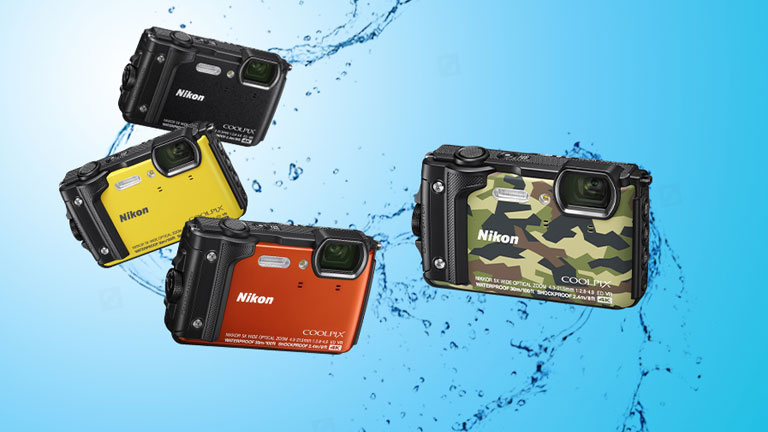
The Nikon Coolpix W300 is made for those who love capturing adventurous moments as it happens. For that purpose, there’s already the GoPro series cameras in the market, but this one much more access to features found on a conventional digital camera. It comes with a 16MP back-illuminated CMOS sensor and is capable of shooting 4K UHD videos. It is rugged and that’s the USP of the camera; it is waterproof to a depth of 30m, shock proof from a height of 2.4m, cold resistant down to -10 degree Celsius and dust-proof as well.
It also has a SnapBridge feature that allows users to easily transfer the images to any mobile device via Bluetooth Low Energy connection. Nikon is offering the camera in four amazing colours – Orange, Yellow, Black and Camouflage.
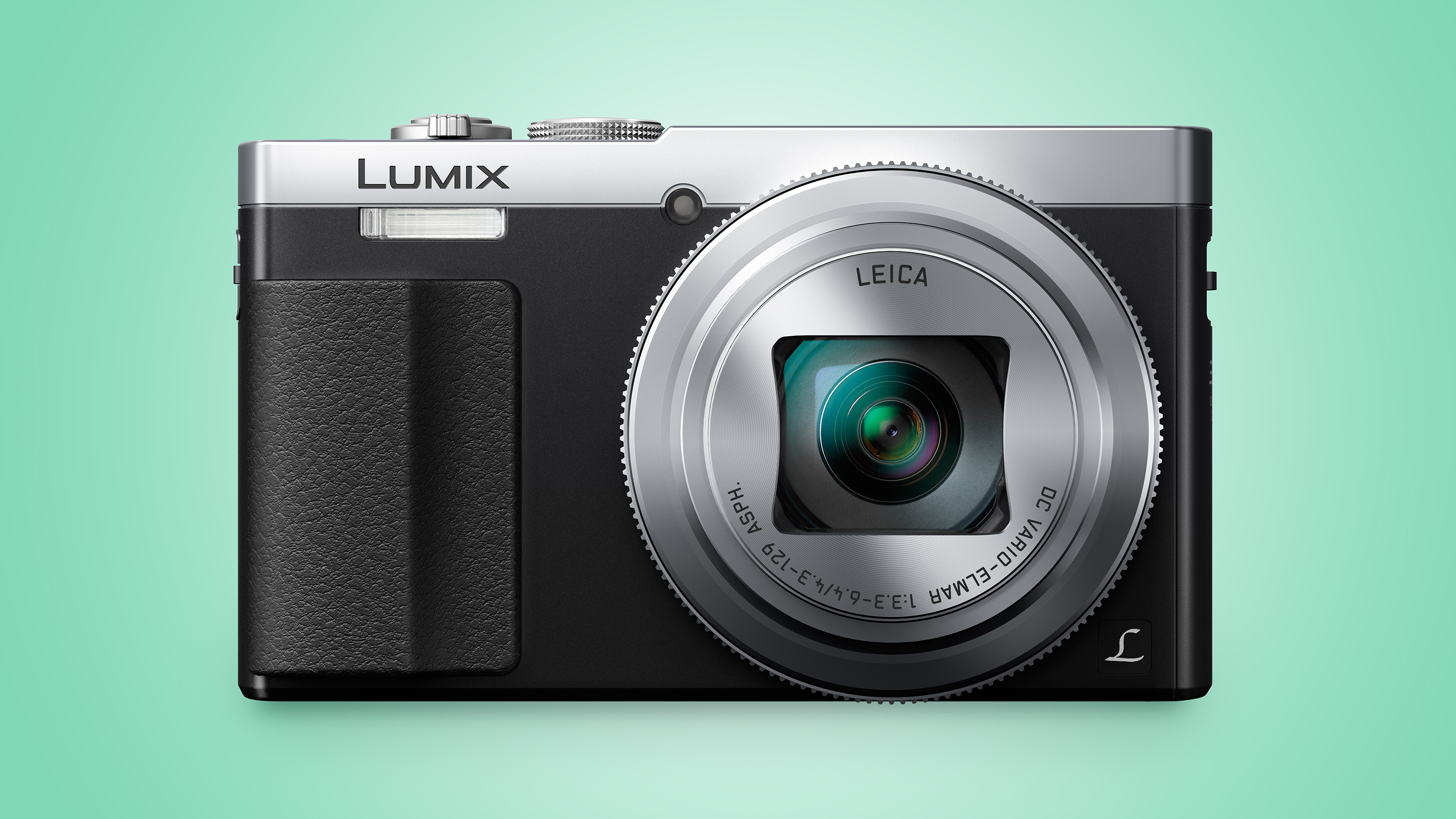
Panasonic's ZS/TZ-series cameras kicked off the whole big-zoom travel camera genre, and they still lead the field. The ZS50 (TZ70 outside the US) might not be the newest model, but with a big 30x zoom, auto and manual controls and the ability to shoot raw files – a big bonus for keen photographers who want the best quality from a small camera, there's little to fault for the price. The ZS50 even squeezes in an electronic viewfinder. Okay, it's not the largest EVF out there, but it can be really handy in bright light. It's the Swiss Army Knife of travel cameras, combining convenience, quality and control. There are lots of imitators, but this is the original.
Read the full review: Panasonic Lumix ZS50 / TZ70
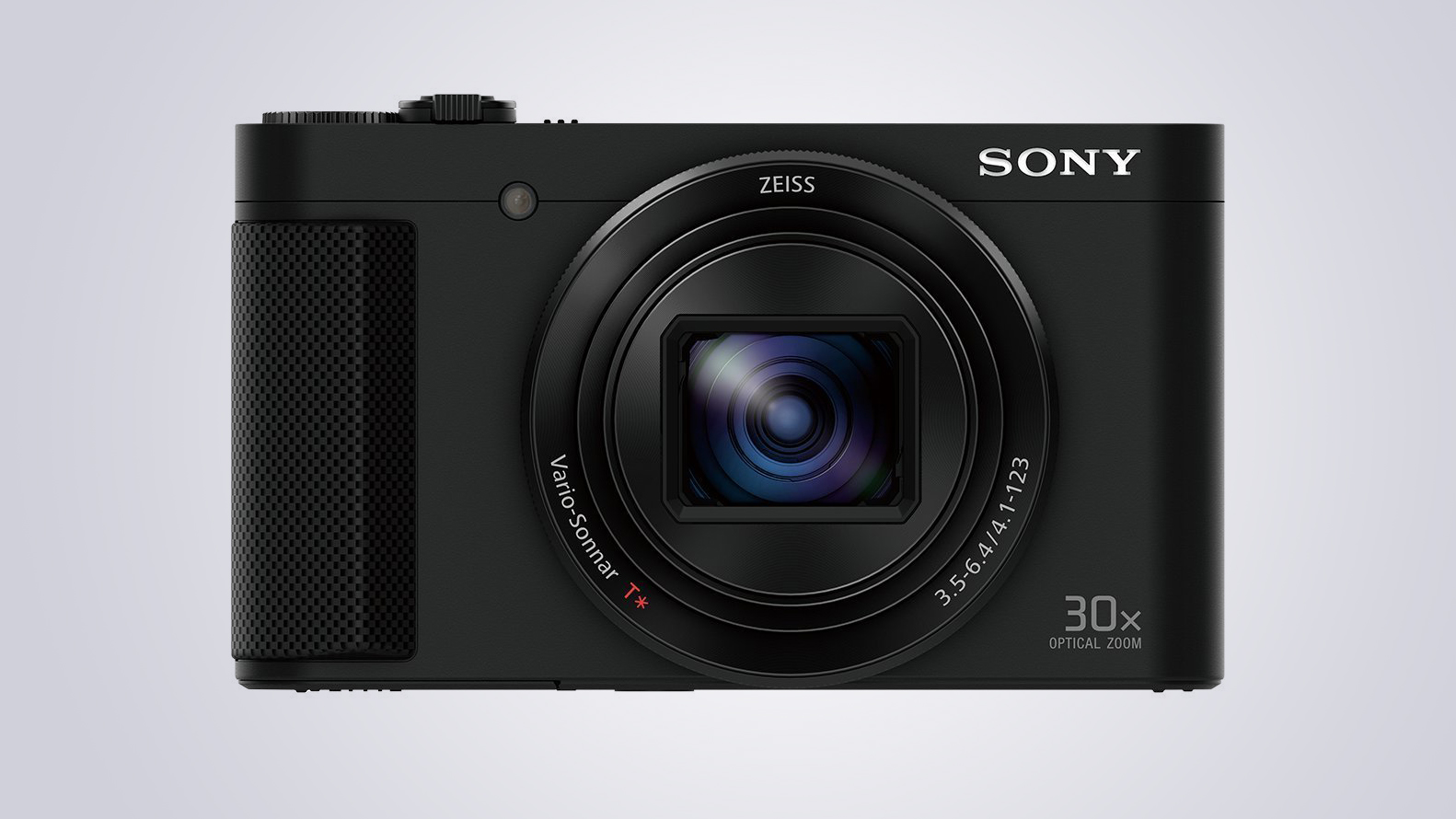
The HX90V shares the same 30x optical zoom range as the ZS50 / TZ70, but has a few neat tricks of its own. It has a pop-up electronic viewfinder – a big bonus in the glare of harsh, bright light, when regular LCD screens can be hard to see. There’s even a 180-degree tilting screen, and while you can’t shoot raw files, the HX90V does put your pictures on the map – literally – by recording the location using its built-in GPS receiver.
Read the full review: Sony HX90V
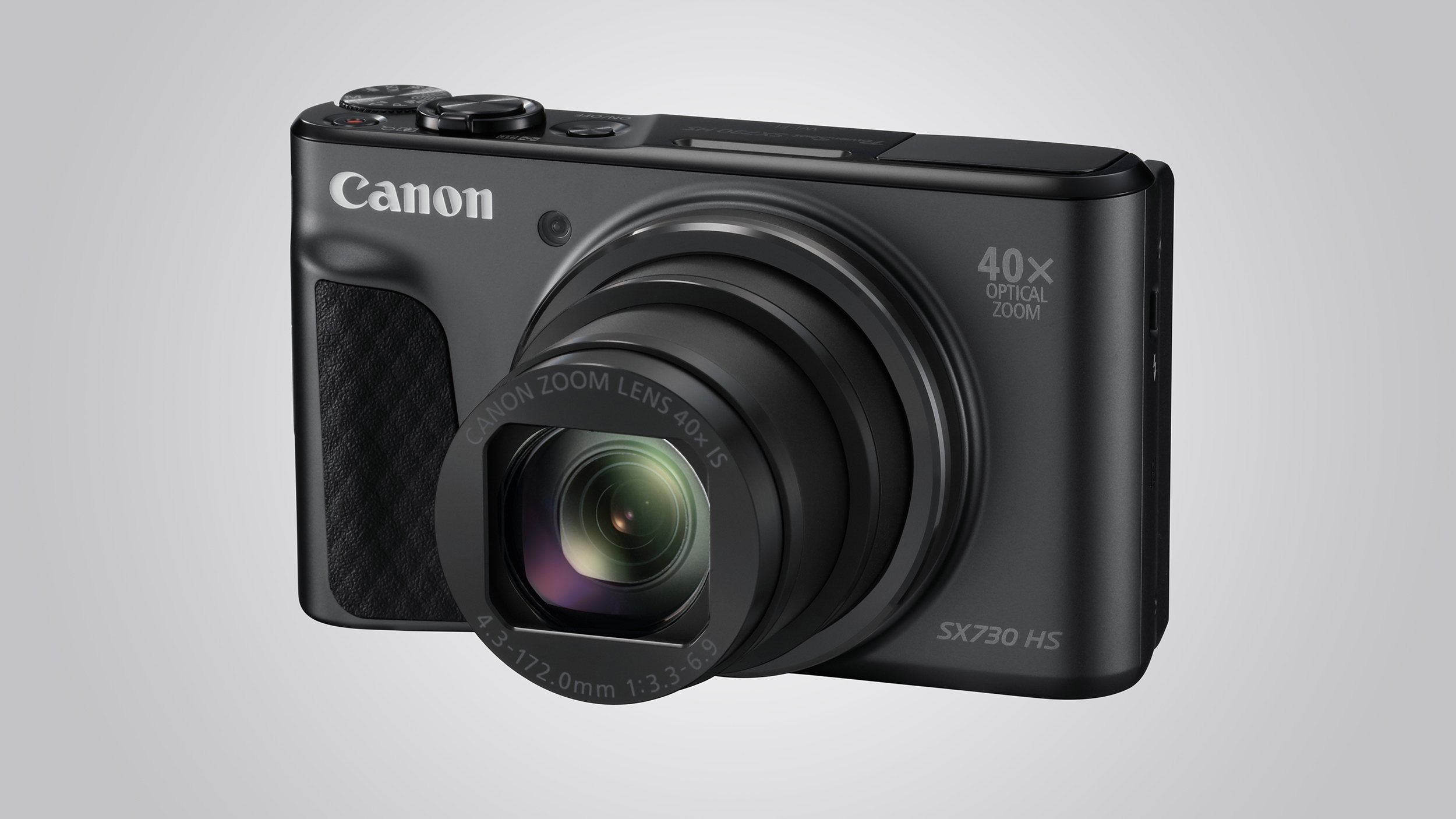
The Canon PowerShot SX730 HS is something of a tale of two halves. The good news is that it exhibits a fine build and is generally pleasing to use, with good response across most aspects of operation. If you want a no-nonsense camera with a broad zoom range, and most of the decision-making left to it, the SX730 HS may just be what you’re after. The flipside of this is that the PowerShot SX730 HS lacks several of the features of its rivals, despite being one of the dearest options of its kind. 4K video, touch operation, an electronic level, even the option to move the focusing point; if you want any of these you'll have to look elsewhere.
Read the full review: Canon PowerShot SX730 HS
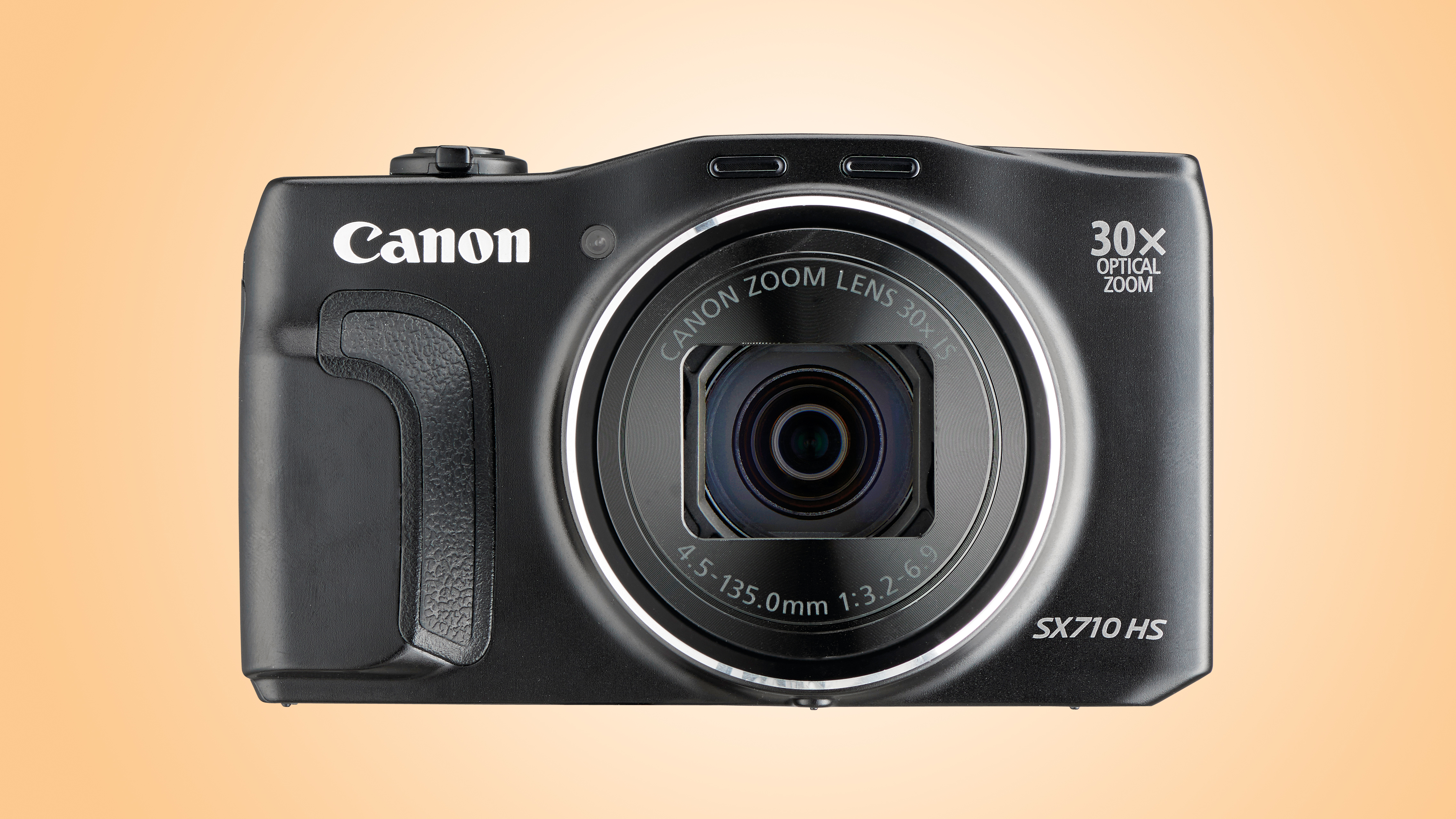
The Canon PowerShot SX710 HS offers a 30x zoom, just like the Panasonic ZS50 / TZ70, and costs quite a bit less – but you don’t get raw format shooting or an electronic viewfinder. What you do get is 5-axis image stabilisation and a neat set of movie options, including Full HD at 60p for slow-motion playback and a Hybrid Auto mode that captures both stills and movies – you can then create a Story Highlights movie in-camera. The SX710 HS shoots movies just like other travel cameras, but takes them a whole lot further to make them an easy and fun way to capture your travels. Worth considering if you’re on a budget and going to be shooting just as many movies as stills.
Read the full review: Canon PowerShot SX710 HS
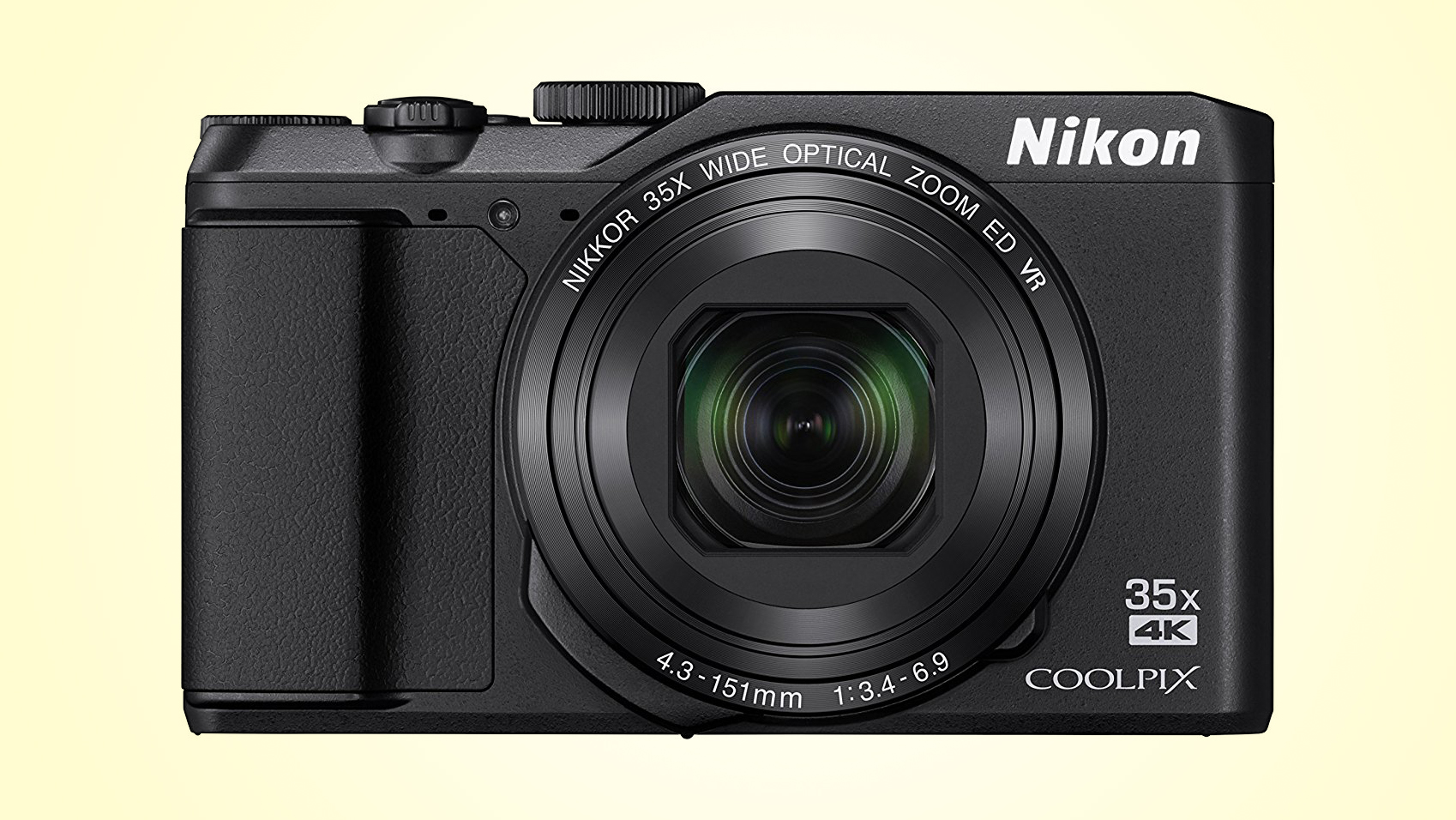
Looking a lot like the Coolpix S9900 that it replaces, there’s a lot packed into the A900 from Nikon. The combination of its slim build and 35x optical zoom range are the key attractions here with this travel zoom compact. Handling is good on the whole, and the tilt-angle screen is a nice touch, though there’s no built-in viewfinder. The Coolpix takes advantage of Nikon’s SnapBridge Wi-Fi system to transfer images and while the image quality from this camera isn’t the best here, but is solid none-the-less and on the whole is good value for money.